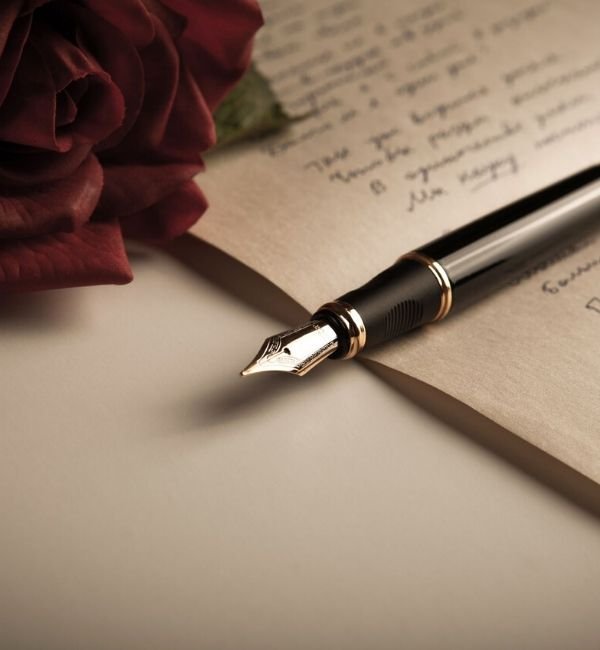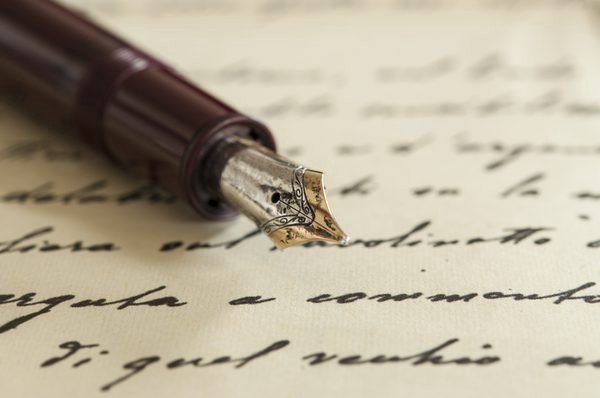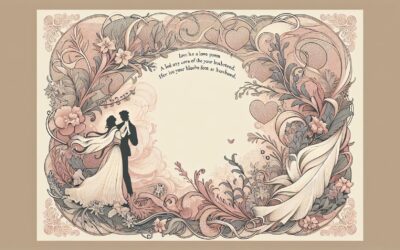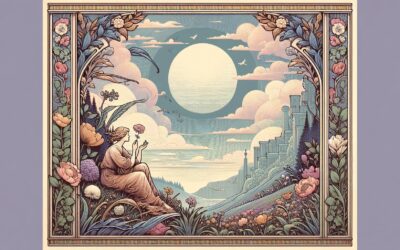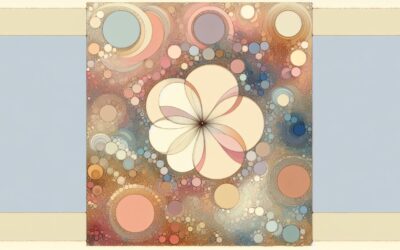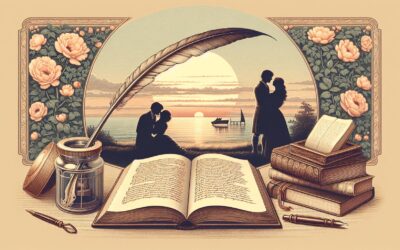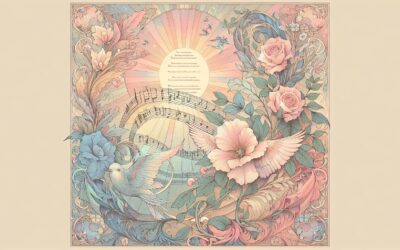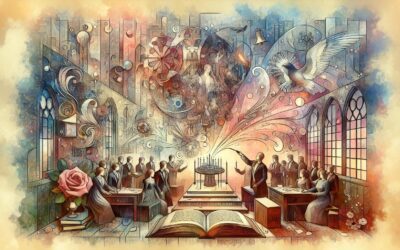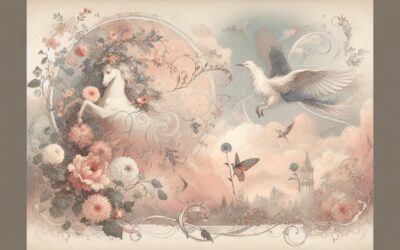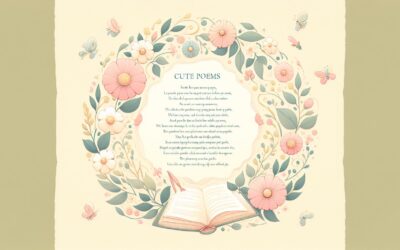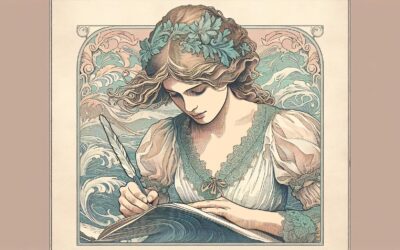Romantic Poems
Romantic poems capture the spectrum of love, longing, and deep emotional connection. Whether you’re searching for timeless verses that express affection or original romantic poetry to inspire the heart, this collection celebrates the art of conveying love through words. Modern and classic romantic poems offer unique perspectives, from the passionate confessions of great poets to contemporary voices redefining romance for a new generation. Explore selections that range from playful and lighthearted to profound and soul-stirring, perfect for sharing with someone special or simply reflecting on the meaning of love.
Best Romantic Poems. “Love is Poetry”
Love Is Poetry: Rhyming Poems About Love Life is a collection of best love poems by a contemporary poet Danil Rudoy who remains true to romance in his creative work despite the harshest onslaughts of what they call “real life”.
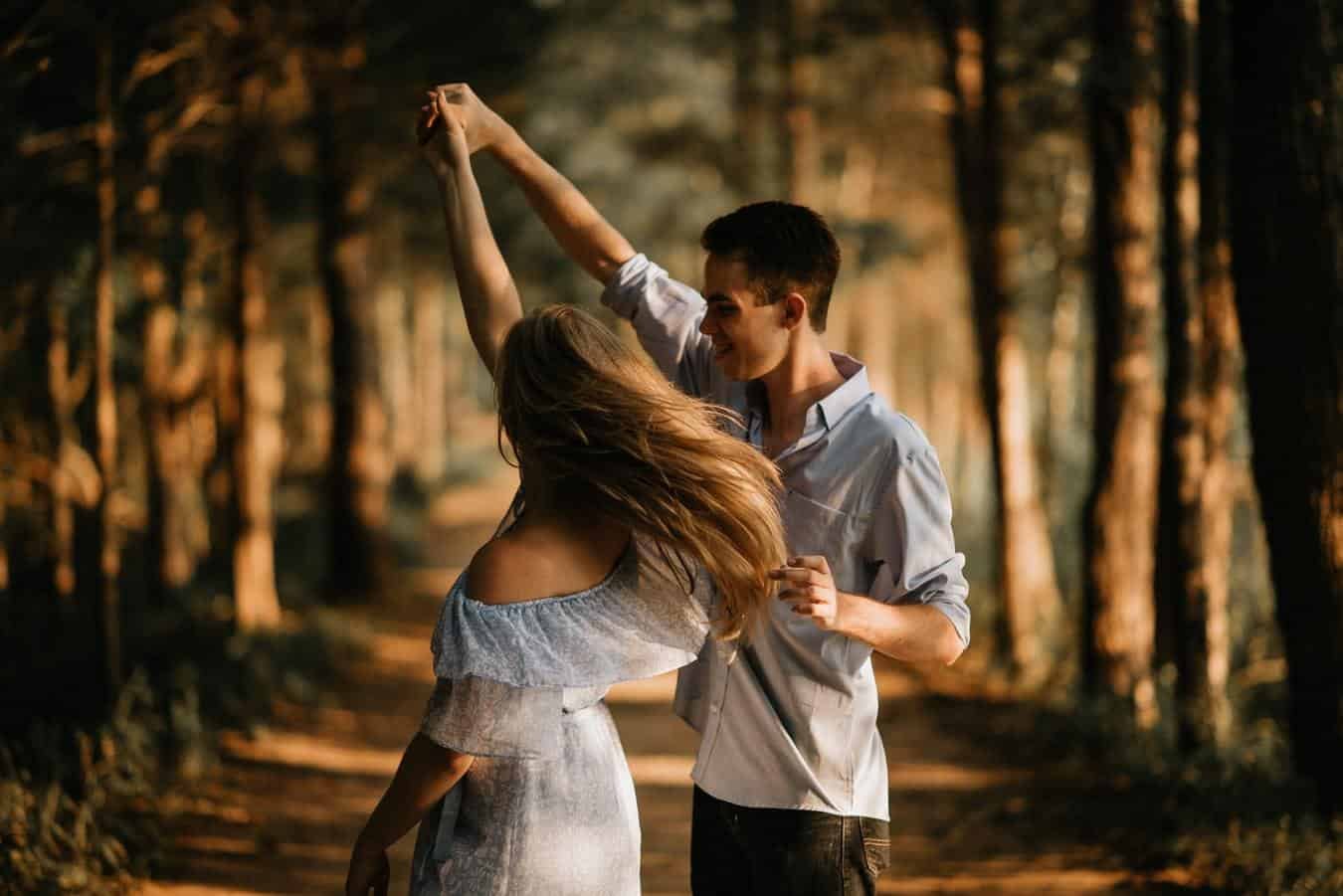
Romantic Poems for Her
Expressing love through poetry is an art that reaches beyond spoken words, and romantic poems for her have the power to touch the heart in ways few other gestures can. Whether you’re celebrating an anniversary, expressing newfound affection, or simply wanting to remind her how cherished she is, this collection of romantic poems for her offers heartfelt verses for every moment. Let words of passion, admiration, and devotion become your messenger, strengthening the bond you share and creating memories that linger long after the poem is read.
Romantic Poems to Make Her Cry
Some moments call for words that go deeper, that stir emotion and bring happy tears. Our selection of romantic poems for her to make her cry is crafted to capture the vulnerability, gratitude, and awe of loving someone so deeply that you can’t help but want to move them. Each poem in this collection draws on honest feelings, nostalgia, and dreams shared between lovers. Use these verses for special occasions, love letters, or just because you want to see her smile through tears. The most meaningful poems are the ones that open the heart and leave lasting memories.
Short
Sometimes, just a few lines can say what pages cannot. Short romantic poems to make her cry offer powerful emotions in a small space, perfect for texting, slipping into a card, or sharing in a spontaneous moment of passion. These poems leverage simplicity to their advantage as every word is chosen to resonate, to linger. Find verses that speak directly to the heart, whether you want to uplift her day or make an ordinary moment unforgettable. In their brevity, these short poems hold tremendous impact, showing that love doesn’t need many words to be deeply felt.
Romantic Poems to Make Her Feel Special
Making her feel special means celebrating all the little things that make her unique—the smile that lights up a room, the kindness she shares, the dreams you hold together. This collection of romantic poems to make her feel special is designed to highlight those moments and qualities that set her apart. With every verse, let her know how much she is appreciated, seen, and loved. Share these poems on birthdays, milestones, or quiet evenings together to remind her that in your eyes, she is truly one of a kind.
Good Morning Romantic Poems for Her
Begin her day with warmth, hope, and gentle affection through a good morning romantic poem for her. Mornings set the tone for the day ahead, and a thoughtfully chosen poem can inspire joy and confidence from the very start. Whether it’s a line sent by text, a note left on the pillow, or a message whispered over coffee, these poems are crafted to bring a smile to her face and remind her that she’s loved from the moment she wakes. Transform ordinary mornings into special rituals with poetry that lingers throughout her day.
Romantic Poems for Wife
A loving marriage deserves words that endure beyond everyday conversation, and romantic poems for wife capture the gratitude, devotion, and partnership you share. These verses honor the strength of your bond, celebrating the journey you’ve taken together—from new love to lasting commitment. Whether it’s a special anniversary, her birthday, or a quiet evening at home, romantic poems for your wife can reignite affection and remind her just how much she means to you. With each carefully chosen word, express appreciation for the ways she shapes your life and fills each day with love.

Romantic Poetry Books
Romantic poetry books offer a timeless way to experience passion, longing, and love’s transformative power. From anthologies of classic sonnets to modern collections that break new ground, these books invite you to explore romance through the eyes of poets across generations. Whether you seek to lose yourself in the words of literary icons or discover contemporary writers redefining what romance means today, our recommendations highlight the best romantic poetry books for every reader. Enrich your library with selections that promise inspiration, solace, and beauty on every page.
Famous Romantic Poems
Famous romantic poems stand as enduring tributes to love’s complexity and beauty. Penned by the world’s most celebrated poets, these works have crossed centuries and cultures, capturing universal feelings of longing, desire, and connection. Explore verses by writers like Shakespeare, Byron, and Browning, as well as modern voices who’ve made a lasting mark on romantic literature. These famous romantic poems resonate for their artistry and ability to articulate what many feel but few can say so well. Let these masterpieces inspire your own journey in love and poetry.
Love Poem For My Husband
Choosing a love poem for my husband becomes a profound act of intimacy, threading sentiment with the distinctions of shared life. The art of expressing devotion through poetry invites a private universe into lyrical focus, capturing the immediacy of moments...
Beauty Poem For Her
Discussion of poetry dedicated to feminine beauty reveals intricate interplay between tradition, language, and evolving social meanings. A beauty poem for her demonstrates how centuries-old forms are continually adapted, as can be observed in the dynamic...
Sweet Poems
Sweet poems have infused the language of affection, longing, and consolation across cultures and centuries. Their impact reaches well beyond simple delight, shaping the very ways poets portray connection: with others and within the self. Readers often...
Poems For Your Girlfriend
Crafting compelling poems for your girlfriend demands more than dedicated affection; it requires sensitivity to narrative, culture, and innovation. Romantic poetry continually evolves, negotiating between tradition and modernity, abstraction and intimacy....
Beautiful Poem For My Girlfriend
Beautiful poem for my girlfriend is a search implying an undertow of theoretical and historical roots, reaching back to when love transformed into poetic subject and Romanticism officially reshaped conceptions of intimacy. Scholarly frameworks emerge through...
Romantic Short Love Poems
Mastery of desire finds its highest expression in romantic short love poems, where concision compels intensified yearning. Throughout literary history, artists have distilled eros, affection, and seduction into compact forms, embedding primal fantasies...
Famous Romantic Poems
Passionate incantations and unforgettable voices have set the standard for desire, longing, and vulnerability. Famous romantic poems become enduring vehicles for transformation, awakening readers and lovers to the astonishing power of well-chosen words. The...
Best Romantic Poems
Romantic poetry seduces, devours, and transforms the psyche by sensual immersion in forbidden landscapes of feeling and fantasy. The best romantic poems are provocations, fuel for wild hunger and emotional abandon. These poems shape desire, offering a...
Romantic Poems For Girlfriend
Romantic poetry achieves its richest nuance through the tension between tradition and innovation. From ancient Greece to the current explosion of digital voices, poets seek new ways to embody adoration, longing, and vulnerability for a cherished partner....
Cute Poems for Her
Cute poems for her represent a critical intersection of poetic technique and emotional communication, harnessing linguistic devices that spark genuine affection and sensation. This category shapes contemporary love expression, blending traditional lyricism...
Love Poems for Your Girlfriend
Crafting love poems for your girlfriend that resonate across centuries draws from a heritage as intricate as it is emotionally charged, with every era offering fresh inflection points. Searching for the most impactful approach entails understanding classic...
Poems For Girlfriend To Make Her Smile
Poems for girlfriend to make her smile represent an advanced art form requiring acute observational skills and linguistic finesse. In contrast to mass-produced sentiment found in greeting cards, these works spring from personal moments, quirks, and shared...
 Romantic poems first emerged during a period of rapid transformation in Europe, as new philosophies, political revolutions, and technologies prompted writers to explore altered ways of seeing the world. The late eighteenth century witnessed the fading grip of Enlightenment rationalism, so poets and thinkers like Rousseau turned attention to unmediated feeling and the authenticity of personal experience. Meanwhile, critics of neoclassicism bristled at rigid forms that, for a long time, defined poetic decorum. By the time the most romantic poems of all time began circulating, social and intellectual life was already shifting toward the values that Romanticism would crystallize.
Romantic poems first emerged during a period of rapid transformation in Europe, as new philosophies, political revolutions, and technologies prompted writers to explore altered ways of seeing the world. The late eighteenth century witnessed the fading grip of Enlightenment rationalism, so poets and thinkers like Rousseau turned attention to unmediated feeling and the authenticity of personal experience. Meanwhile, critics of neoclassicism bristled at rigid forms that, for a long time, defined poetic decorum. By the time the most romantic poems of all time began circulating, social and intellectual life was already shifting toward the values that Romanticism would crystallize.
Romantic Poems: Context, Traits, and Innovators
Romantic poetry flourished in a landscape transformed by industrial advances, revolution, and philosophical shifts. Poets responded to the disruption of rural life, the turmoil of wars, and encounters between tradition and invention. Standards that once elevated classical restraint gave way to bold explorations of the self and the wildness of emotion. No formal school unified these creators, but a discernible energy passed through their letters and manifestos, contributing to a distinctly Romantic voice that echoes through the canon.
Defining Features of Romantic Poems
A defining characteristic of romantic poetry books lies in the primacy of emotion and imagination. Thought is shaped by private vision rather than public consensus. Subjectivity transforms all material, so the physical world, the remembered past, and the future take shape as mutable dreamscapes. Romantic poets frequently set aside received conventions, seeking new ways to evoke awe and sympathy in readers.
Attending to nature becomes paramount in nearly every strand of Romantic verse. The natural world appears not as a background for human affairs, but as a source of revelation, danger, and transformation. William Wordsworth and John Clare return, poem after poem, to hills, forests, and streams as living presences, alive with memory and meaning. Coleridge and Percy Bysshe Shelley push these scenes toward the mystical, infusing descriptions with visionary insight that connects the landscape to the divine. For many, the landscape is inseparable from spiritual and creative renewal, and this makes sense when reading poems that privilege mountains, rivers, and isolated places.
The Romantic emphasis on the individual is also evident in the lyrical mode. Ordinary life and the voices of common people gain value, replacing classical myth with authentic feeling. This shift sometimes appears in poetic language, as Wordsworth’s advocacy for “language really used by men” foregrounds simplicity, empathy, and social renewal. The focus on innocence, childhood, and the capacity for wonder signals new ethical frameworks, as seen in numerous romantic poems to make her feel special that celebrate the dignity of everyday experience.
Historical Roots and Major Poets
Romantic poems trace their roots to the late Enlightenment. The climactic events of the French Revolution and the radical reforms it inspired ignited debates about liberty, identity, and imagination. For some, these debates rapidly turned into poetic material when exile, censorship, and unrest cast former certainties into doubt. The Lake District of England, the woods of Germany, and the salons of Paris fostered new communities among poets determined to remake art in the image of altered times.
Wordsworth remains a foundational figure for his commitment to the truthful transcription of thought and perception. “Lines Composed a Few Miles above Tintern Abbey” demonstrates how nature and memory combine, as the poem allows remembered landscapes to shape inward reflection. His greatest achievements reside in his ability to find spiritual resonance within the everyday and craft verse that lingers in the memory. Wordsworth’s autobiography, The Prelude, merges personal history and national upheaval, opening fresh territory for self-revelation within poetic narrative.
Samuel Taylor Coleridge, friend and collaborator of Wordsworth, expanded the thematic and formal reach of Romanticism. His “conversation poems” conduct intense analysis of memory and feeling, while visionary works such as “Kubla Khan” and “The Rime of the Ancient Mariner” inhabit dreamlike terrain. Coleridge’s extensive theorization of the imagination—distinguishing between primary, organic creation and a secondary, conscious shaping—became foundational for later writers. His poetry and criticism continue to generate scholarship and inspire investigations of romanticism in Wordsworth and Coleridge poetry.
The figure of Lord Byron projects an alternative vision of Romanticism. Byron achieved lasting fame through persona-driven epics such as Childe Harold’s Pilgrimage and Don Juan, which move across the ruins of Europe, blending irony, narrative invention, and psychological self-scrutiny. The “Byronic hero” emerged from these works—a protagonist marked by defiance and contradiction, standing apart from the world he critiques. Byron’s works balance the self-conscious theatrical with sincere explorations of alienation and revolt.
Percy Bysshe Shelley’s poetry is marked by unpredictable transformations and a restless pursuit of liberation. “Ode to the West Wind” propels the speaker’s imagination through natural violence toward prophecy, while Prometheus Unbound reimagines ancient myth to tell of resilience and revolutionary hope. Shelley experimented with prosody, innovation in lineation, and a syntax that swerves between clarity and complexity. His work engages with questions of morality, justice, and ecological interconnectedness, echoing through romantic poems for girlfriend and beyond.
John Keats’s poetry centers on sensation, artistic longing, and mortality. He developed a mastery of the ode, using this form to address themes of beauty, transience, and loss. “Ode on a Grecian Urn” and “Ode to a Nightingale” are paradigms of intensity and restraint, their language alive with richness and ambiguity. Keats’s notion of “negative capability”—the ability to embrace uncertainty and ambiguity—remains a touchstone within the wider tradition.
Other essential figures further broaden the horizons of Romantic poetry. William Blake wrote in a highly visual mode, producing “illuminated books” that mix prophetic vision, social criticism, and personal myth. John Clare gave voice to rural dispossession, attending to local language and marginalized experience. Female poets like Felicia Hemans and Letitia Landon explored identity, longing, and gender roles, so their work is now pivotal to expanded readings of Romanticism.
Themes and Techniques in Romantic Poems
Recurring themes connect the diverse body of romantic poems. Nature, reimagined, appears as a locus of both solace and upheaval. For some writers, it invokes nostalgia and memory, standing as a reminder of tradition’s destabilization. For others, it is an engine of inspiration and self-making.
Memory and longing pervade the lyric, transforming personal past into communal story. Poems turn repeatedly to scenes from childhood or lost rural worlds, exploring the tension between innocence and insight. This dual gaze defines the unique poignancy that characterizes much of the era’s work.
The supernatural is omnipresent, not only in spectral visitations or fantastic narratives but also in the ambiguous boundaries between reality and imagination. Coleridge’s mariner, haunted and adrift, or Blake’s visions, enmeshed in celestial struggle, bring readers face to face with the uncanny.
Alienation and solitude surface regularly in Romantic literature. Poetic subjects are frequently exiles, wanderers, or visionaries estranged from community or convention. Byron’s heroes brood outside social norms, Clare’s speakers lament loss of land and belonging, and Keats’s voices grieve for what cannot be regained. In these works, isolation is not merely subject matter but an existential stance.
Political critique animates a significant portion of Romantic poetry. Words rings with revolutionary optimism, Blake rails against oppression, and Shelley’s radical voice illuminates dreams of emancipation. Social commentary is embedded in the formal features of the works, in their choice of language, and in their frequent advocacy for empathy. The genre continues to provide templates for romantic poems for him, with contemporary authors returning to these concerns for inspiration.
Stylistic Innovations and Poetic Forms
Romantic poets revitalized and transformed existing forms. They expanded the lyric, introducing personal urgency and inventive rhythm into traditional structures. Ballad stanzas and sonnets were approached afresh, blending the inherited with the experimental. Narrative poems unfolded with new psychological subtlety, such as in “The Prelude” or “Childe Harold’s Pilgrimage.”
Imagery grew lush and evocative, populated with storms, ruins, birds, and moonlit paths. Metaphors gestured toward the sublime, a concept pivotal for Coleridge and Burke, wherein experiences elicit terror and wonder rather than mere pleasure. Rhythmic innovation, use of the caesura, and manipulation of syntax brought music and mystery to the verse.
Romantic poems for wife reflect the era’s capacity for self-exploration and for addressing love in its fullest sense. Some authors, such as Shelley and Keats, privileged short forms, producing concise works that captured intense feeling. Others found in blank verse and extended lyric the means to contain shifting moods and epic memory.
The interplay of personal revelation, cultural commentary, and formal innovation cements the status of this movement in the larger history of poetry. Creativity, honest engagement with pain and ecstasy, and technical daring persist in the influence of Romanticism, as evidenced by the enduring presence of classic poems in the literary imagination.

